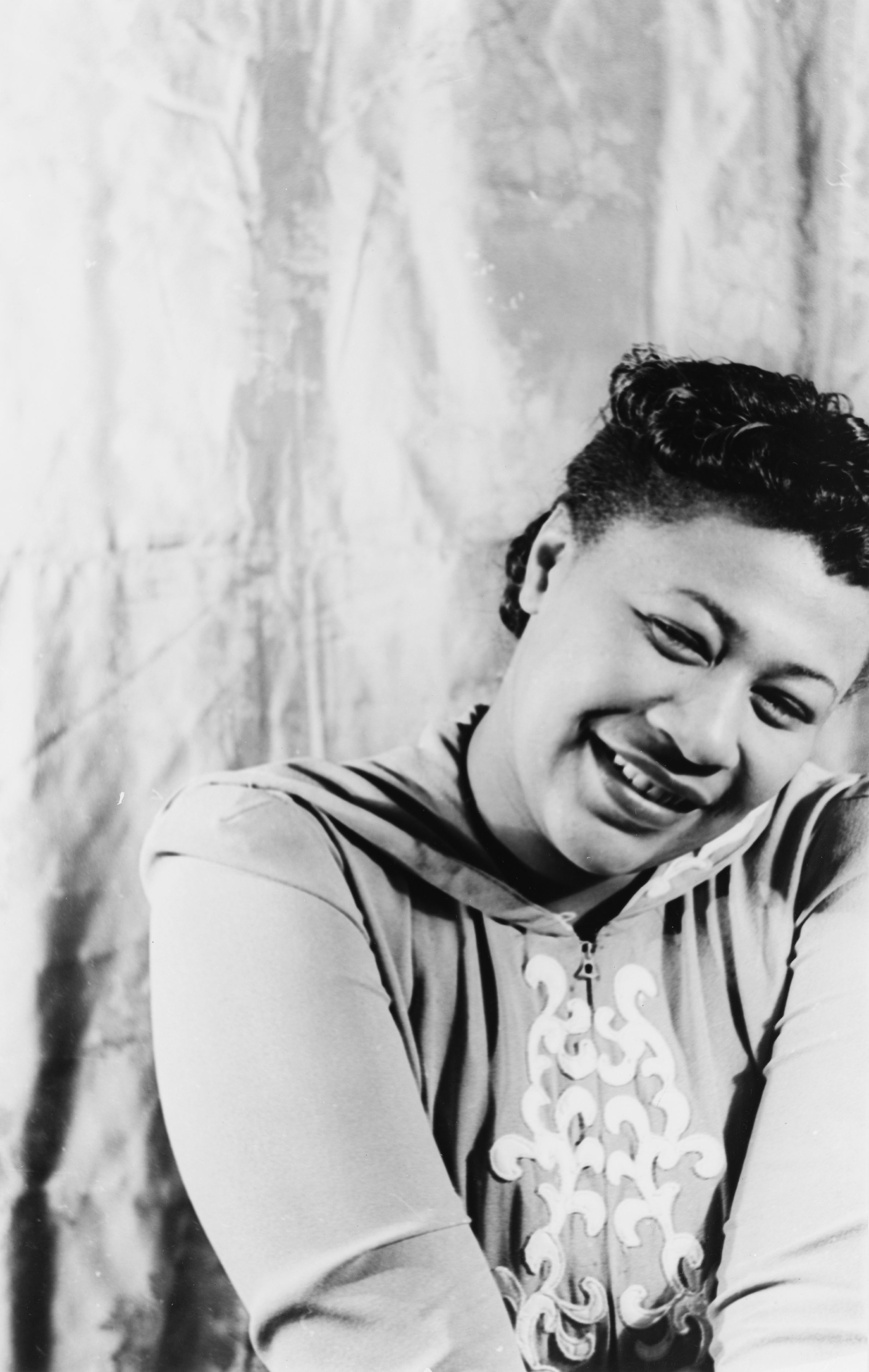Icon Series: Ella Fitzgerald
Dubbed "The First Lady of Song," Ella Fitzgerald was the most popular female jazz singer in the United States for more than half a century. It's no surprise that over the course of her lifetime, she went on to win 13 Grammy awards and sold over 40 million albums. Her flexible, ageless, and wide-ranging voice has blessed us in so many ways.

Ella was born in Newport News, Virginia on April 25, 1917 to William and Temperance "Tempie" Fitzgerald. When her parents soon divorced thereafter, Ella was forced into a troubled childhood that consisted of various moves, helping financially support her family through odd jobs, and the unfortunate death of her mother.

Following her mother's death, Ella moved in with her aunt who lived in New York City. It was there that she began to pursue her dreams of making it big in the entertainment industry, so she decided to enter a contest at the Apollo Theater in Harlem. Singing Hoagy Carmichael's song "Judy" at the contest, Ella left the audience in awe and won the contest's $25 first-place prize in a landslide.

This unexpected performance would lay the foundation for the rest of her success as a singer, as she was quickly acquainted with drummer Chick Webb and went on to record her famous hit, "Love and Kisses," with him. Soon after she also befriended Benny Goodman and performed with his orchestra, the Benny Goodman Orchestra. She eventually became the leader of the band, renaming it Ella Fitzgerald and Her Famous Orchestra following Webb's death.

By the mid 1930s, Ella became a regular performer at the Savoy Ballroom, one of Harlem's hottest clubs, and in 1938 she released two top-charting hits,"A-Tisket, A-Tasket" and "I Found My Yellow Basket." She continued climbing the ladder of success as a jazz icon and actress with her acting debut as Ruby in Ride 'Em Cowboy, as well as her collaboration with Norman Granz in 1946, the future founder of Verve Records.

By the 1950s and 60s, Ella had earned herself the title of "First Lady of Song" for her widespread popularity across the country and exceptionally unique talent for singing. She also helped to normalize and popularize the scatting technique, which became her signature vocal style.

In 1958, Ella attended her first Grammys Awards and took home not one, but two awards commemorating her talent: one for best individual jazz performance and one for best female vocal performance. She made history that night as the first African-American woman to ever win the award and continued on producing classics with the likes of other icons such as Louis Armstrong, Count Basie, and Frank Sinatra.

After years of complicated health issues that left her blind and confined to a wheelchair, Ella passed away in 1996. Her legacy, however, has lived on forever as one of the greatest jazz voices of all time.

Written by: Chantel Ropp









